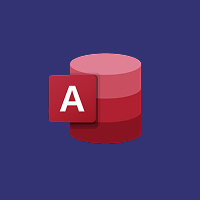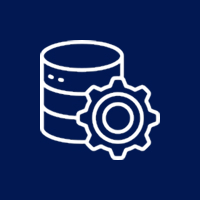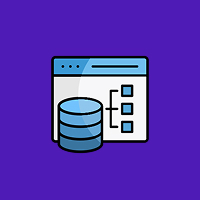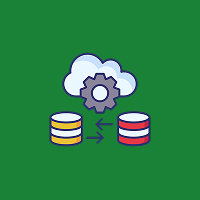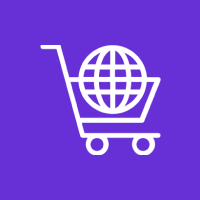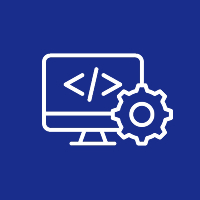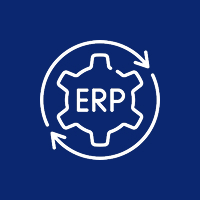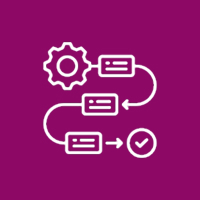In today’s ever-evolving web development landscape, choosing the right content management system (CMS) is crucial for your project’s success. Among various options, Drupal stands out due to its power and versatility, making it an excellent choice for building modern websites. In this guide, we will cover the basics of Drupal development and provide practical tips and best practices to help you create robust and dynamic websites. By following these guidelines, you can leverage Drupal’s capabilities to enhance your online presence effectively.
What is Drupal?
Drupal is an open-source CMS known for its flexibility and scalability. It’s used for everything from personal blogs to big enterprise websites. Thanks to its modular design, developers can easily add custom features and themes to suit their needs.
Key Features of Drupal:
- Modular Architecture: Extend Drupal’s core functionality with thousands of available modules.
- Scalability: Handle high-traffic sites and complex data structures with ease.
- Security: Benefit from regular updates and a dedicated security team for robust protection.
- Multilingual Support: Cater to a global audience with built-in support for multiple languages.
Getting Started with Drupal Development
- Installation: Begin by downloading Drupal from the official website and follow the provided installation instructions to set up your site.
- Configuration: Configure your site settings, including the site name, email address, and timezone to get everything running smoothly.
- Modules: Explore and install essential modules to enhance your site’s functionality. Key modules include Views for custom displays, Pathauto for SEO-friendly URLs, and CKEditor for rich text editing.
- Themes: Choose a theme that suits your design needs or create a custom theme to define your site’s look and feel.
Best Practices for Drupal Development
- Plan Your Site Structure: Before you start, outline your content types, taxonomy, and user roles to ensure a well-organized site.
- Use Configuration Management: Take advantage of Drupal’s configuration management system to export and import configuration changes easily.
- Custom Development: For custom functionality, develop your own modules while adhering to Drupal’s coding standards to ensure compatibility and maintainability.
- Performance Optimization: Implement caching, optimize images, and use performance monitoring tools to keep your site running efficiently.
- Security Best Practices: Regularly update Drupal core and modules, use secure coding practices, and perform security audits to protect your site from vulnerabilities.
Advanced Drupal Development Techniques
-
- Headless Drupal: Use Drupal as a headless CMS by treating it as a content repository. Deliver content to various front-end frameworks through APIs, allowing for greater flexibility in how content is presented.
- Decoupled Architecture: Separate the front-end and back-end of your site. Use Drupal for managing content and a modern JavaScript framework for the front-end, combining the strengths of both for a powerful and responsive user experience.
- Multisite Management: Handle multiple websites from a single Drupal installation. Share codebase and configurations across sites, simplifying management and maintenance.
Top Benefits of Choosing Drupal Development for Your Projects
While developing a robust and flexible website, the right choice of content management system (CMS) is essential. Drupal is an open-source CMS that is popular among developers and businesses due to its flexibility, scalability, and security.
Flexibility and Customization
Modular architecture offers the scope for very great degrees of customization, which is very critical to tailoring your website to the desired needs. Thousands of modules can enhance the functionality of your site-from advanced search features, third-party integrations, to custom content types. You will be ensuring your website’s capability to grow in line with the business needs by using Drupal.
Scalability
This is built with high traffic and complex data in mind and scales with your business. Whether you have a small site or an enterprise portal, Drupal can scale with you. Start small and expand when you need to, knowing Drupal will support increasing traffic and content demands without compromising performance.
Security
One of the great strengths of Drupal is security. The community and security team scans and patches up vulnerabilities on an ongoing basis so that you can receive updates to keep your site safe. The system of user permissions and access controls is rather wide in Drupal to ensure security in content management, giving you an assurance that the site and your data are secured.
Multilingual Capabilities
It is really a game-changer for businesses with a global reach, as Drupal has built-in multilingual support. This enables you to manage and translate content into multiple languages easily, making it smooth and inclusive for users across the globe. Drupal’s translation management tools make it easy, and you can easily cater to diverse audiences, thereby enhancing user engagement and market presence.
Content Workflow and Management
These contain complex content workflows, which can be well served by Drupal. Advanced features about version control and content moderation include customizable workflows designed to ensure a proper review or approval process preceding publication. The sites with detailed editorial processes often find it perfect.
Community Support and Development
The platform is open-source, meaning it is actively used by the community of developers and users, which helps in continuous improvement and innovation. There will be rich resources like documentation, forums, and professional support that will guide you if anything difficult comes up.
Mobile-First Approach
Having in mind a mobile-first world, Drupal guarantees that your website is viewed and works better on any device. Responsive design facts about it shine through directly built into themes for a consistent user experience from desktop to smartphone.
SEO-Friendly
Drupal has good sets of SEO tools and modules. This means that your website will be more visible to search engines. Some features include customizable meta tags, clean URLs, and XML sitemaps, making it easy to optimize your site and drive more organic traffic.
Third-Party Integrations
Drupal is flexible in the integration of third-party services and applications. For instance, you can easily connect with CRM systems, marketing tools, and social media platforms, creating a cohesive digital ecosystem. This not only enhances functionality but also improves the user experience, helping streamline business processes and boost audience engagement.
Cost-Effective
Choosing Drupal for your web development projects offers numerous benefits, ranging from its flexibility and scalability to its robust security and multilingual support. For instance, whether you’re building a small business site or a complex enterprise portal, Drupal provides the essential tools and features needed for a high-performing, user-friendly website. Added advantage would be in relation to huge support communities along with modules related to customization whereby one could always look at accommodating different business requisitions pertaining to their website. Hence, level up your sites on Drupal provided that you feel able enough.
Contact our expert Drupal developers now and let us start building for you a site that not only meets your expectations but exceeds your needs! Begin by contacting us: we’d love to walk you through what Drupal can do to help you execute your next web project. With us by your side, you can reach the full capability of Drupal.













 Database Development
Database Development




